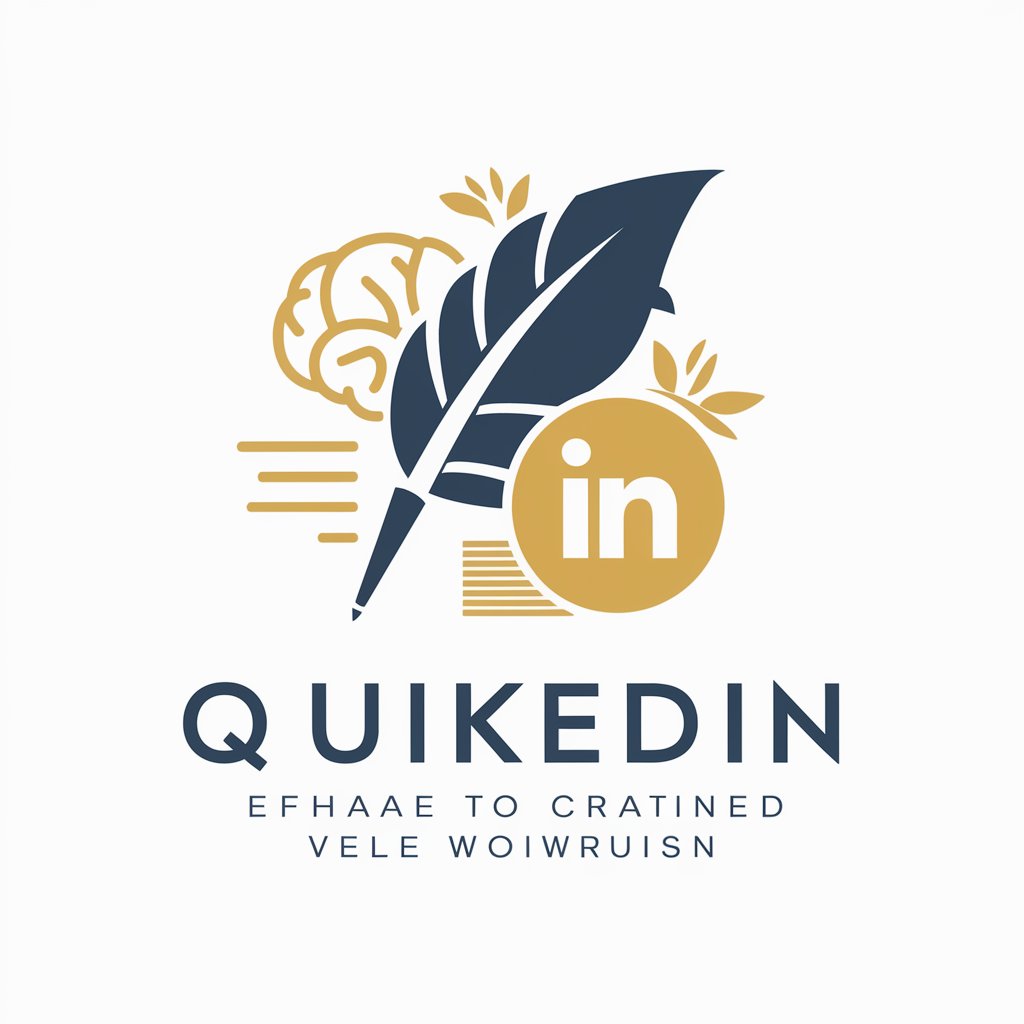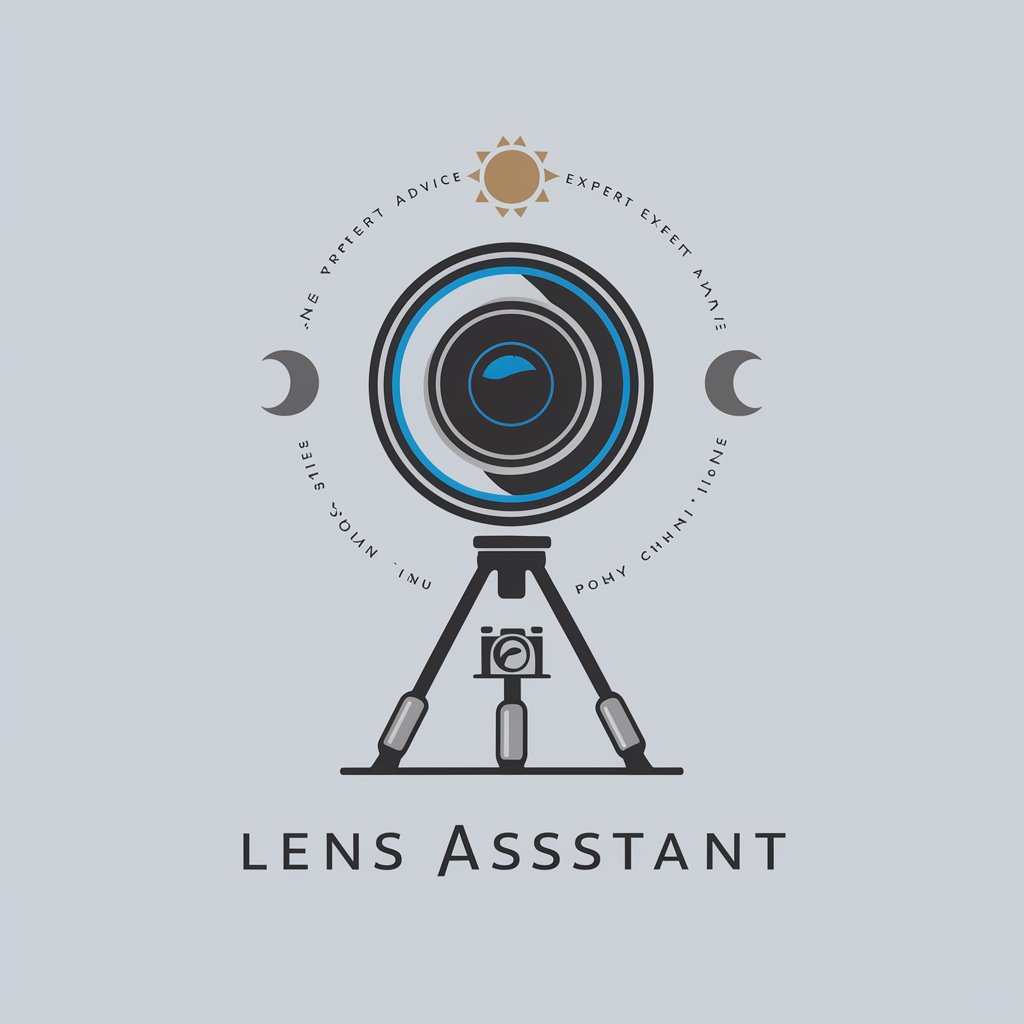
Lens Smart Posts and Open Actions FAQ - Solidity Integration for JavaScript Devs
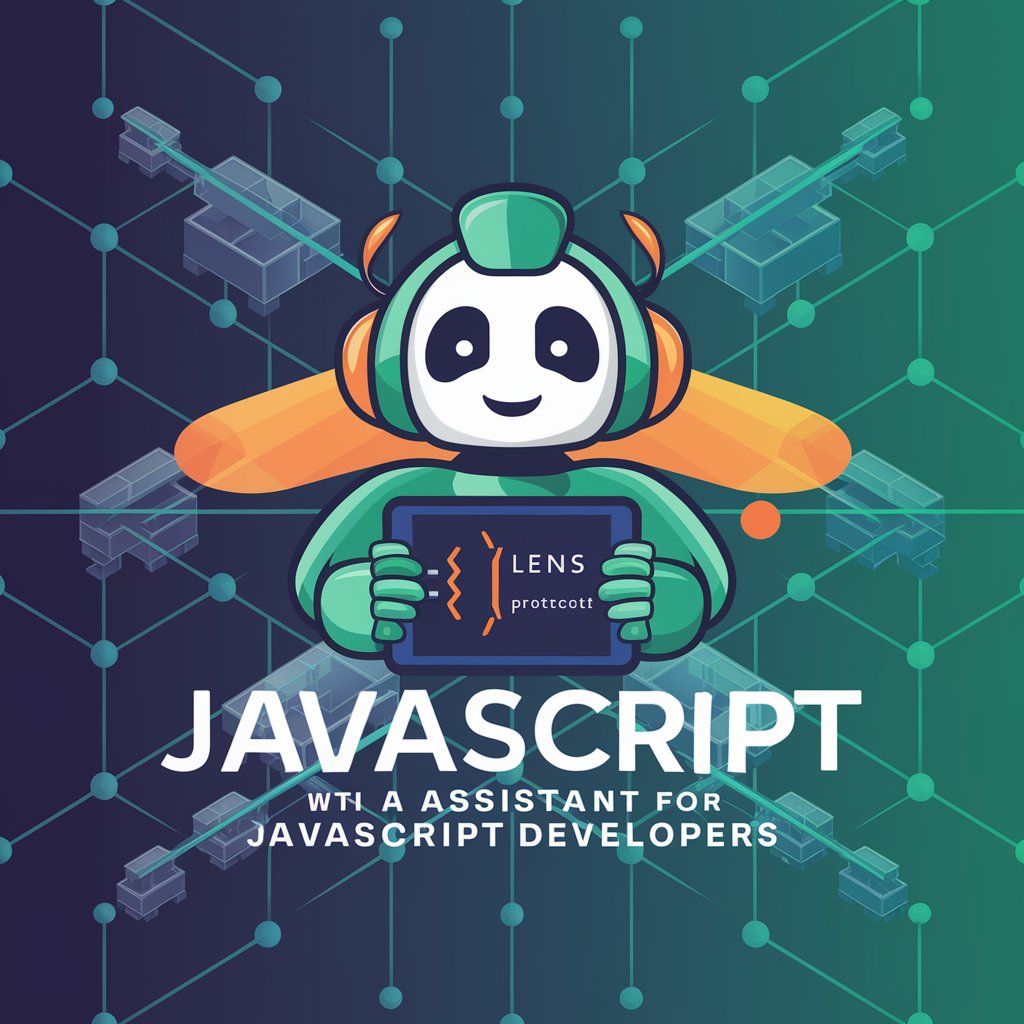
Hi there! Let's dive into Lens Protocol and Solidity!
Empowering developers to build on blockchain
How can I use Solidity with Lens Protocol for smart posts?
What are the steps to integrate the TipActionModule in my project?
Can you explain the scaffold-lens GitHub repository?
How do I get started with Lens Open Actions?
Get Embed Code
Understanding Lens Smart Posts and Open Actions FAQ
Lens Smart Posts and Open Actions FAQ is designed as a bridge for JavaScript developers venturing into the world of Solidity, particularly focusing on the integration and utilization of Lens Protocol's smart post contracts. This platform aims to demystify the complexities of blockchain technology, making the transition smoother for developers familiar with JavaScript. By providing detailed explanations, examples, and scenarios, it assists developers in creating, managing, and interacting with decentralized social media posts using the Lens Protocol. An example scenario illustrating its purpose is a developer wanting to implement a tipping feature for posts within a decentralized application (dApp). By consulting the FAQ, they can find step-by-step guides on using the TipActionModule to enable users to tip content creators in cryptocurrency directly through smart contracts. Powered by ChatGPT-4o。

Key Functions and Real-World Applications
Integration Guides
Example
Utilizing the scaffold-lens repository for setting up a Lens Protocol environment in a dApp.
Scenario
A developer new to blockchain wants to integrate decentralized social media features into their application. By following the integration guides, they can seamlessly set up the Lens Protocol environment, allowing users to create, view, and interact with decentralized posts.
Smart Contract Interaction
Example
Implementing the TipActionModule for enabling tipping on posts.
Scenario
A dApp aims to monetize content creation by enabling tipping. Through detailed examples, the FAQ shows how to implement tipping functionality using the TipActionModule, allowing users to send tips in cryptocurrency directly to content creators.
Best Practices for Smart Contract Development
Example
Secure coding practices for developing robust smart contracts.
Scenario
Developers looking to ensure the security and efficiency of their smart contracts can find best practices and guidelines. This helps prevent common vulnerabilities and ensures a higher quality of dApp development.
Target User Groups for Lens Smart Posts and Open Actions FAQ
JavaScript Developers New to Blockchain
Developers with a background in JavaScript seeking to expand their skills into blockchain development, particularly with Solidity and the Lens Protocol. They benefit from the platform's focus on bridging knowledge gaps and providing JavaScript-centric examples and scenarios.
Decentralized Application Developers
Developers building decentralized applications (dApps) that incorporate social media functionality. They benefit from detailed guides on integrating and managing smart post contracts, enhancing the social features of their dApps with blockchain technology.
Blockchain Educators and Trainers
Educators looking for resources to teach blockchain development concepts, especially those related to decentralized social media. The platform provides comprehensive materials and examples that can be used in educational settings to explain complex concepts in a more accessible way.

Guide to Using Lens Smart Posts and Open Actions FAQ
Start Your Journey
Begin by exploring yeschat.ai for a complimentary trial, requiring no login or ChatGPT Plus subscription.
Dive into Documentation
Familiarize yourself with the Lens Protocol by reading through the official documentation and exploring the TipActionModule and scaffold-lens repositories for practical examples.
Experiment with Open Actions
Utilize the Lens Open Actions page to understand how to implement smart post actions within your projects, enhancing interactivity and functionality.
Apply Your Knowledge
Start applying what you've learned by integrating smart post features into your own projects, using JavaScript for frontend interactions and Solidity for smart contract logic.
Join the Community
Engage with the Lens Protocol community through forums and social media to get support, share your projects, and stay updated on the latest features and best practices.
Try other advanced and practical GPTs
プロンプト校正-better prompts-
Refine prompts, enhance AI responses
Controlman
Master control theory with AI
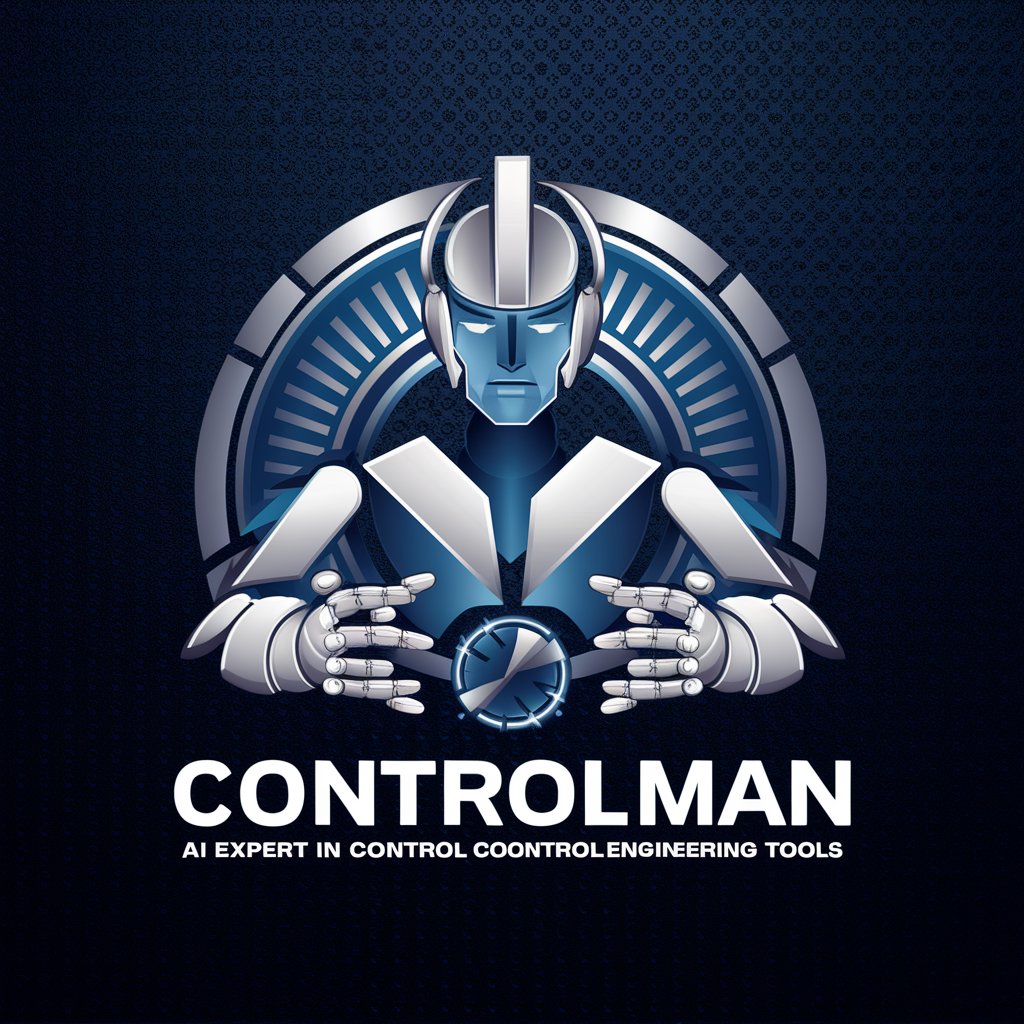
Creative Spark
Igniting Ideas with AI Wit

Next JS
Elevate web development with AI
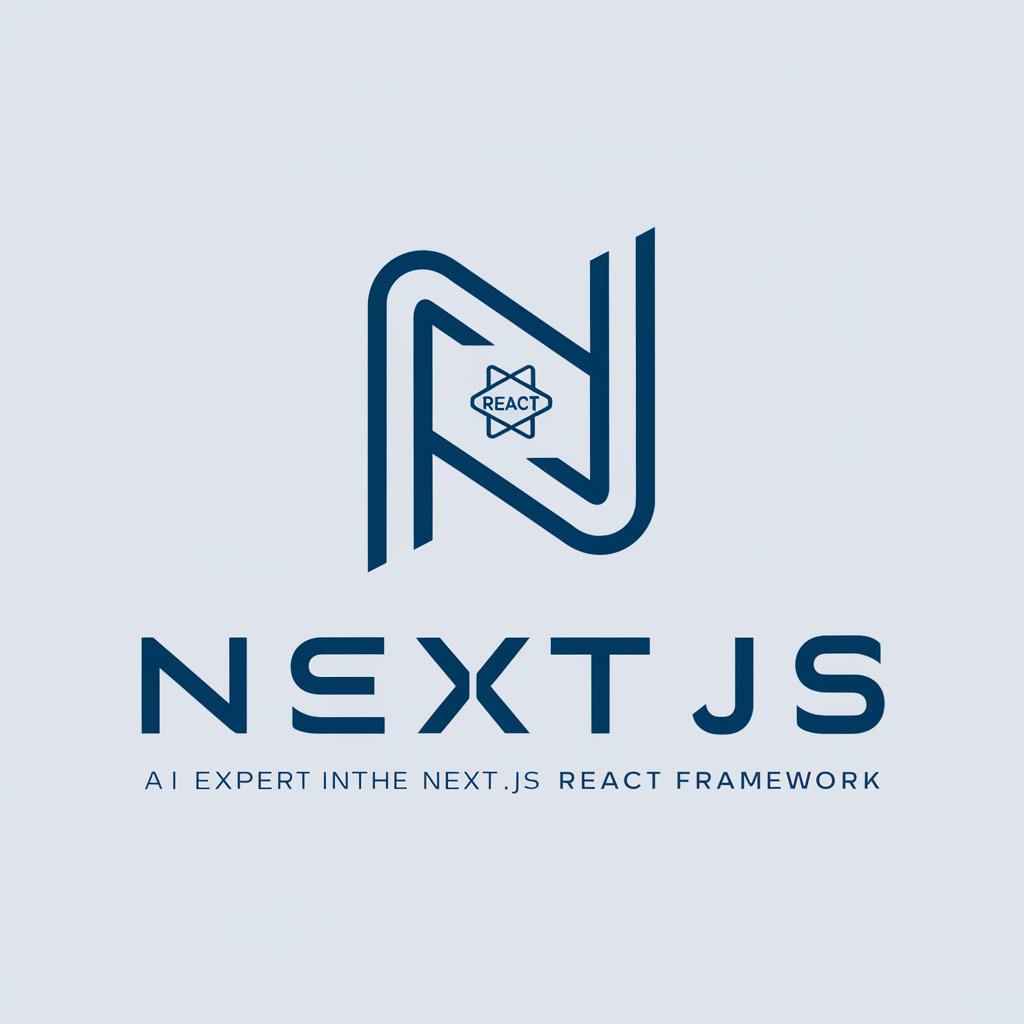
folio
Empowering Your Investments with AI

Parenting Life
Empowering parents with AI-driven insights

Interrogator
Challenge Your Assumptions with AI

Translate - nothing else!
AI-powered instant translations
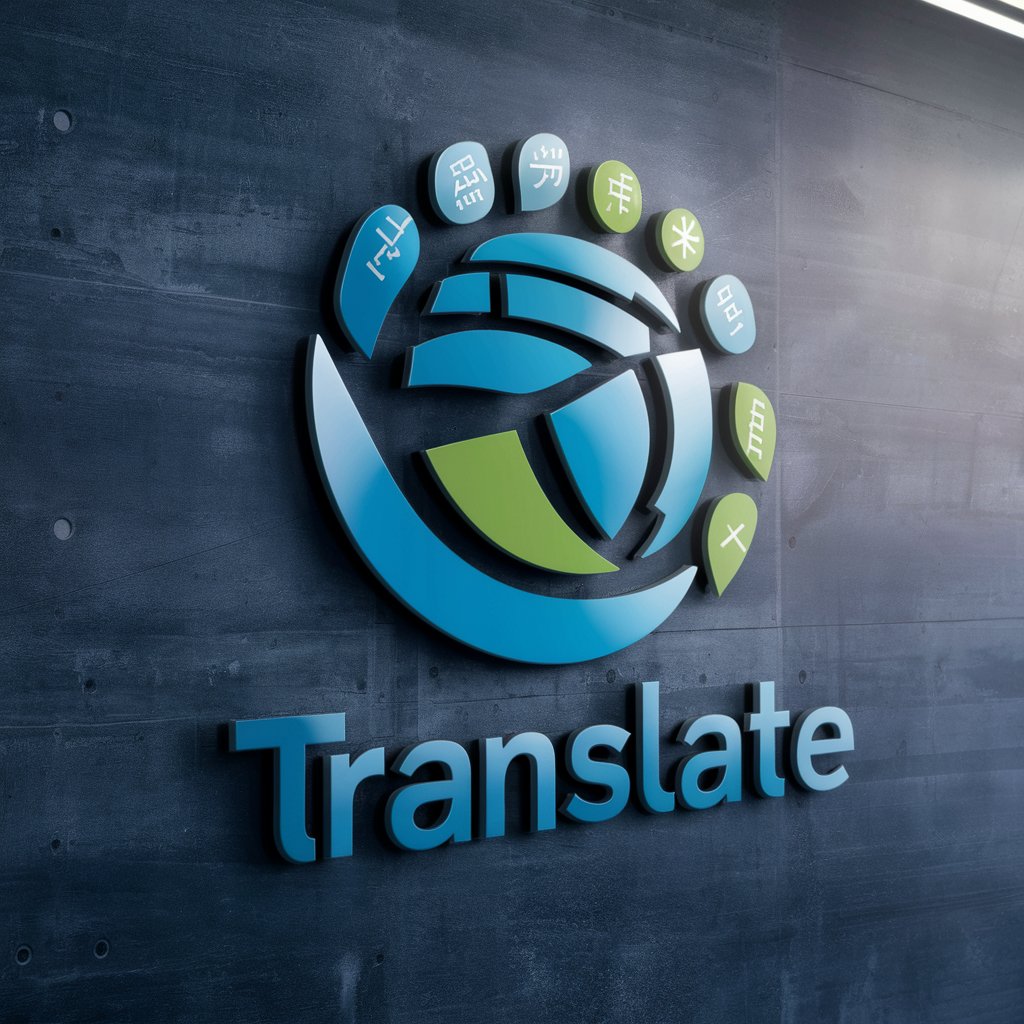
Remote Team Navigator
Empowering Remote Teams with AI

A Bite of China
Discover the art of Chinese cooking, powered by AI

エルフの魔法少女
Bringing fantasy to life with AI-powered illustrations.

Data Analysis Fundamentals
Empower your data analysis with AI

Frequently Asked Questions About Lens Smart Posts and Open Actions
What exactly are Lens Smart Posts?
Lens Smart Posts are blockchain-based social media posts that utilize the Lens Protocol to offer enhanced features like tipping, voting, and dynamic content updates directly on the blockchain.
How can I integrate Lens Open Actions into my project?
To integrate Lens Open Actions, start by exploring the examples on the Lens Open Actions page. Use these examples as a guide to implement custom actions like tipping or voting in your smart contracts, employing Solidity for contract logic and JavaScript for frontend interactions.
Are there prerequisites for using Lens Protocol?
Yes, a basic understanding of blockchain concepts, Solidity for smart contracts, and JavaScript for dApp development are essential. Familiarity with Ethereum-based development environments like Hardhat or Truffle is also recommended.
Can I use Lens Protocol for commercial projects?
Absolutely. Lens Protocol is designed to be open and flexible, allowing developers to build decentralized social media platforms, dApps, and other commercial projects that require user interaction and content creation.
What are the best practices for developing with Lens Protocol?
Best practices include thoroughly testing your smart contracts, engaging with the community for feedback, following the official documentation for updates, and considering user privacy and security in your application design.

